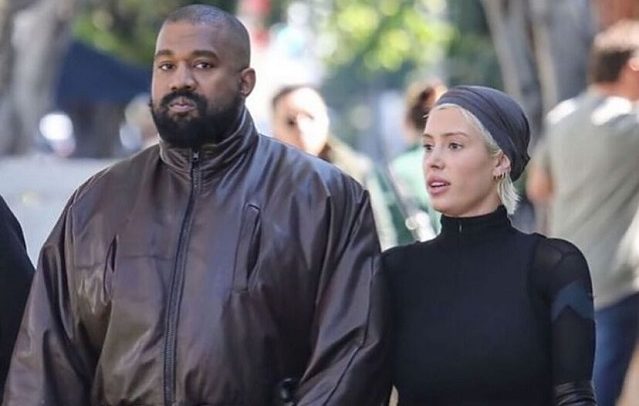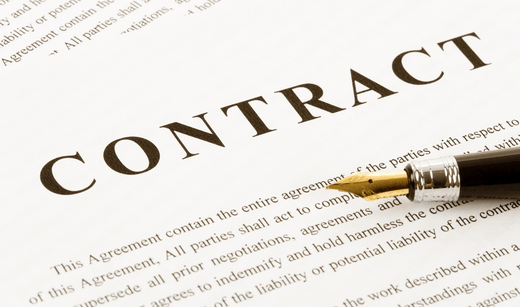

There are several good reasons to consider buying an iPhone 8 instead of the more expensive iPhone X.
Apple announced three new iPhones in 2017: the iPhone 8, the iPhone 8 Plus, and the high-end iPhone X.
Those three phones start at $699, $799, and $999, respectively.
The most expensive iPhone model this year, the iPhone X, in many ways represents the future of the iPhone.
That said, there are several reasons it's worth considering an iPhone 8 or iPhone 8 Plus instead of the iPhone X:
1. The iPhone X is more expensive than the iPhone 8.
This might be the most important factor for many people.
The iPhone 8 starts at $700, while the larger iPhone 8 Plus starts at $800.
The iPhone X, on the other hand, starts at $1,000.
It's simple math: You can save at least $200 by going with an iPhone 8, which, keep in mind, is still a brand-new phone from Apple.
2. The iPhone 8 and the 8 Plus are powered by the same brains as the iPhone X.
This is probably the most important reason to consider the iPhone 8 and the 8 Plus over the iPhone X: Functionally, they're all identical.
Each is powered by Apple's new A11 Bionic chip, a neural engine, and the M11 motion coprocessor. The only difference is how the phones use these features: The iPhone X uses the A11 chip and neural engine for its new face-detection system, Face ID, which the iPhone 8 does not have.
And all are also running iOS 11, which means you're getting the same great apps and ecosystem in the iPhone 8 as the iPhone X.
3. Touch ID is faster than Face ID, and superior in some notable ways.
Since the release of iPhone 5S in 2013, Touch ID has changed the way we use our iPhones — unlocking the device, storing passwords, and using our fingerprints to pay for goods via Apple Pay.
Touch ID is a known, proven entity. I've owned an iPhone X for nearly two months, and Face ID works well most of the time — but it is less reliable, and not quite as fast, compared to Touch ID.
For what it's worth, Face ID is very good. Apple says it's less prone than Touch ID to being tricked, and can work in most situations where you think it wouldn't: in the dark, if you add hats or glasses, and if you make actual changes to your face — I recently shaved my whole beard off and Face ID had no problems recognizing me.
Still, Touch ID is comfortable to use, works almost instantaneously, and lets you unlock your phone and pay for things without physically having to look at the phone. Face ID has a ton of potential, but Touch ID is still the gold standard. Also worth noting: The iPhone X can't unlock if it's laying flat on a table; it needs to be able to see your face, otherwise you'll be asked to enter your passcode. In other words, you can't be as slick about unlocking your phone in your pocket, or on a table, with an iPhone X as you can with an iPhone 8.
4. The iPhone 8 and the 8 Plus support fast charging and wireless charging for the first time — just like the iPhone X.
All of these phones support the Qi wireless-charging standard as well as fast charging.
The downside for all of these iPhones, unfortunately, is that you'll have to buy extra accessories if you use either new charging method. Apple offers several Qi wireless-charging pads (its own AirPower pad won't be out until 2018), and you'll need to buy $25 to $75 worth of equipment — a Lightning-to-USB-C cable and a USB-C Power Delivery-compatible charger, specifically — if you want to use fast charging for your iPhone 8, 8 Plus, or iPhone X.
Again, this is one more expense to consider when thinking about the iPhone 8 versus the iPhone X, which starts at $1,000.
5. The iPhone 8 Plus and the iPhone X have nearly identical rear cameras.
If you care at all about photography, the rear cameras on the iPhone 8 Plus and the iPhone X are nearly identical. The iPhone 8 is also a great shooter, but the larger 8 Plus adds a second telephoto lens so you can zoom in without losing image quality.
The only difference between the rear cameras on the iPhone 8 Plus and those on the iPhone X is that the X has optical image stabilization for both the wide-angle and telephoto lenses, for sharper images, especially in low-light settings. The iPhone 8 Plus has OIS for only the wide-angle lens, like the iPhone 7 Plus before it.
6. The front-facing cameras on the iPhone 8 and the iPhone X are also identical — save for a few extra features.
On paper, the FaceTime HD cameras of the iPhone 8 and the 8 Plus are functionally identical to the front-facing camera inside the iPhone X's TrueDepth camera system. All these phones take 7-megapixel photos, have a ƒ/2.2 aperture, and film video in 1080p.
The only difference is that the iPhone X has a few "exclusive" software features: Portrait Mode for the front-facing camera (in addition to the back); Portrait Lighting, which lets you remove backgrounds in your selfies for a dramatic effect; and Animoji, which lets you send animated emojis to your friends that mimic your facial expressions and even speak using your voice.
7. The iPhone 8 doesn't have the "notch" at the top.
The TrueDepth camera system on the iPhone X is the lone interruption on that phone's edge-to-edge display. I don't mind the notch too much on my own iPhone X, but I still notice it all the time. This comes into play with everything: If you're trying a new phone wallpaper, or watching a video, you always need to take the notch into account. Also, many apps still have yet to be optimized for the unique shape and layout of the iPhone X, which means for now, apps will look as if you're running them on an iPhone 7 or 8, leaving most of the screen's real estate unused.
8. If you're upgrading from an iPhone 7 or 7 Plus, your old cases will fit.
The iPhone 8 and the 8 Plus' dimensions are nearly identical to their predecessors, the iPhone 7 and 7 Plus. The new phones are a bit heavier, and there are slight differences in their height, length, and depth, but all the differences are less than a millimeter each, which means your old iPhone 7 cases will still fit.
The iPhone X's dimensions are completely different from those of past iPhones, so your old cases won't work with this phone — one more expense to consider on top of the phone's price.
9. The iPhone X has incredible battery life, but the iPhone 8 Plus blows it out of the water.
The iPhone X has stunning battery life; as long as I've owned it, I've never seen my battery fall below 30%. According to most benchmarks and tests, the iPhone X gets an average of 12 hours of battery life, which is really, really good.
Still, the iPhone 8 and 8 Plus have superior battery life compared to the iPhone X. Expect 13 to 13.5 hours of battery life for the iPhone 8, and a whopping 14 to 15 hours of battery life on the iPhone 8. It's one of the few phones you can carry around and be confident it's going to last you all day.
There are several good reasons to consider buying an iPhone 8 instead of the more expensive iPhone X. Read Full Story






















Facebook
Twitter
Pinterest
Instagram
Google+
YouTube
LinkedIn
RSS